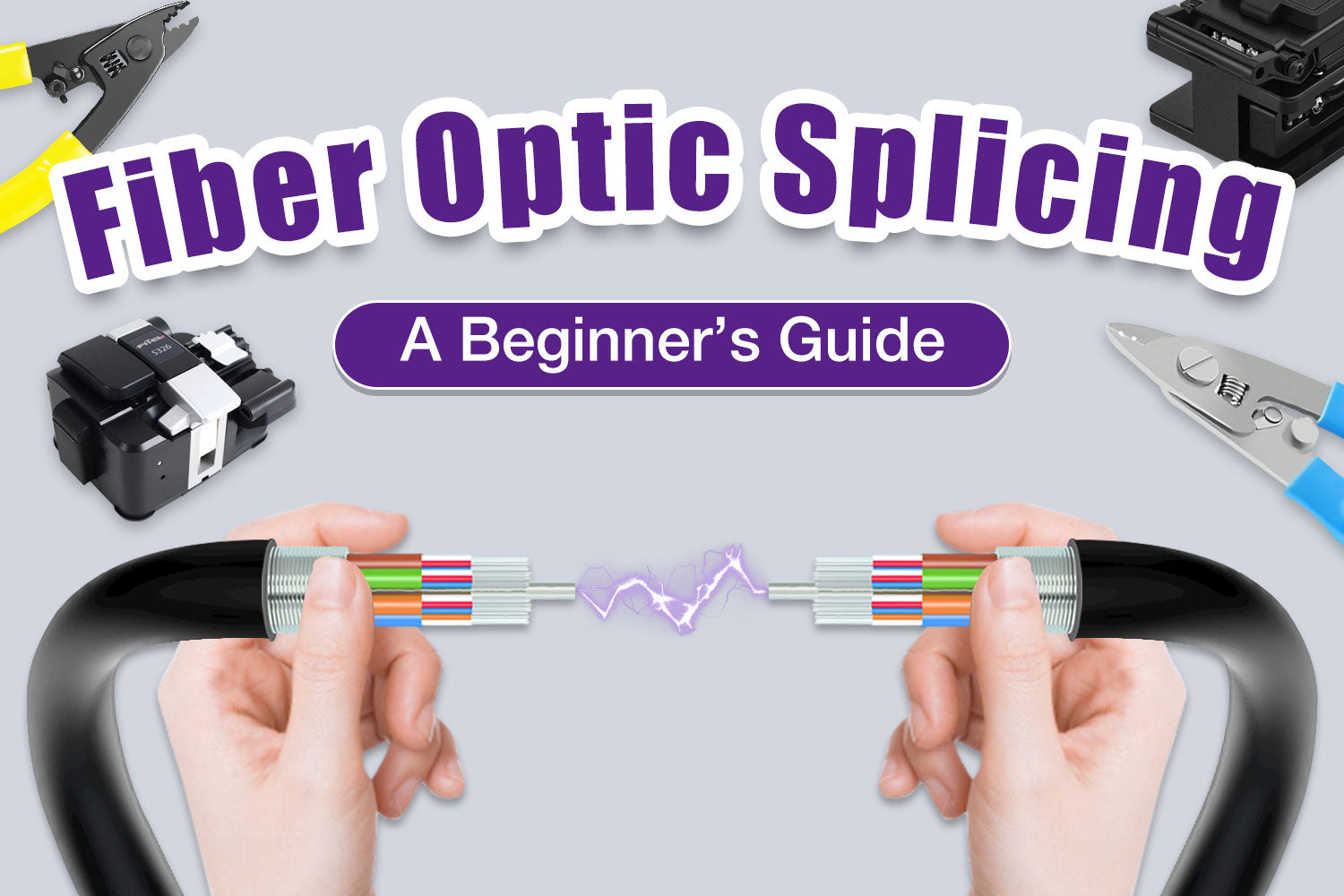Contents

Source: YouTube
Understanding Fiber Splicing: Techniques and Applications
Fiber splicing is a critical process in the field of optical communications, where two optical fibers are joined to ensure the seamless transmission of light from one fiber to another. This process is essential in maintaining the integrity and efficiency of optical networks. In this blog post, we will explore the fundamentals of fiber splicing, the different techniques used, and their respective applications.
What is Fiber Splicing?
Fiber splicing involves joining two optical fibers so that light guided in one fiber can be efficiently transferred to the second fiber. Ideally, light in the guided modes of the first fiber will continue to propagate in the guided modes of the second fiber after the splice. The goal is to minimize insertion loss, which can occur if light enters cladding modes or is reflected at the splice point.
Types of Fiber Splicing
There are primarily two methods of fiber splicing: fusion splicing and mechanical splicing. Each technique has its own set of procedures, advantages, and applications.
Fusion Splicing
Fusion splicing is a method where the ends of the fibers are subjected to high heat until they become soft, allowing them to fuse together. This results in a permanent splice that typically exhibits very low insertion loss. Fusion splicing is known for producing high-quality optical connections with excellent return loss. However, it requires specialized and often expensive equipment. The absence of consumables is a notable advantage of this method.
Mechanical Splicing
Mechanical splicing, on the other hand, involves firmly aligning the fiber ends using suitable consumables without fusing them. An index-matching gel or adhesive is often applied between the fiber ends to improve the connection. This method can be performed with simpler equipment, although precision splicers can be costly. The optical connection quality may be lower compared to fusion splicing, but it is suitable for temporary connections or when cost is a constraint.
Applications and Challenges
Fiber splicing is applicable to both single-mode and multimode fibers. However, achieving perfect quality is more challenging with single-mode fibers. The process can be applied to glass fibers and, with adapted techniques, to plastic optical fibers as well. Specialty fibers, such as photonic crystal fibers or those with uncommon cladding diameters and shapes, present unique challenges.
Fiber splices require the removal of protective coatings from fiber ends, making them more sensitive to mechanical stress. Proper protection is essential, often achieved by placing mechanical splices in splice trays to guard against physical contact and tension.
Conclusion
Fiber splicing is an indispensable part of modern optical networks, ensuring efficient light transmission and network reliability. Understanding the different splicing techniques and their applications can help in selecting the appropriate method for specific requirements. As technology advances, the techniques and equipment used in fiber splicing continue to evolve, offering improved performance and new possibilities in optical communications.

Source: VCELINK
Feel free to comment your thoughts.



